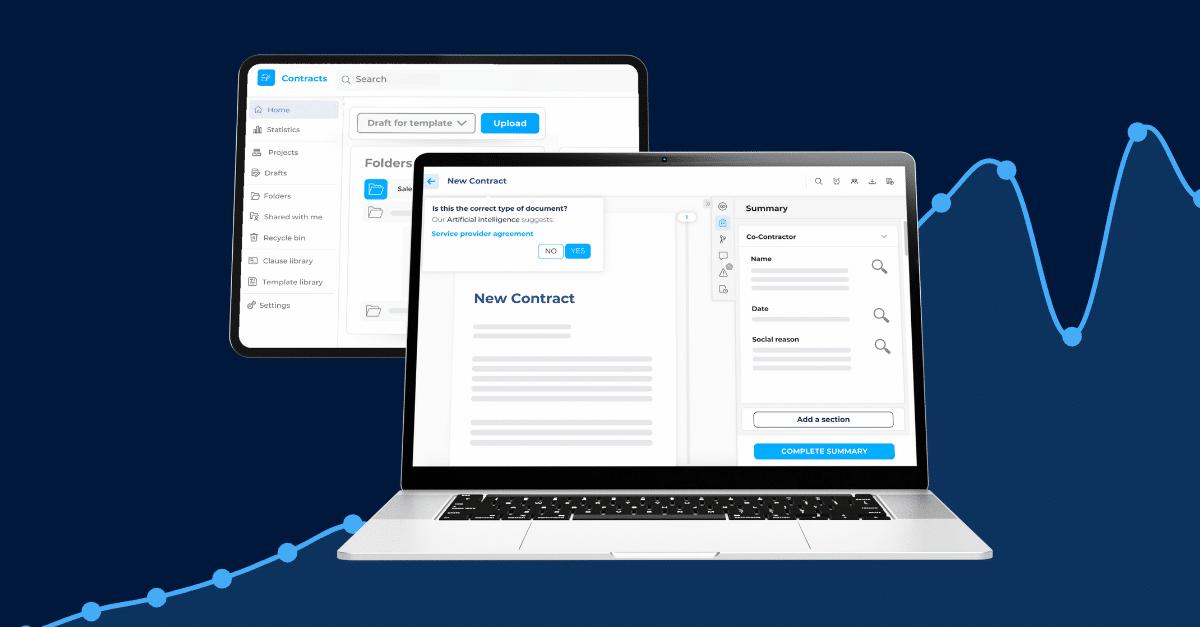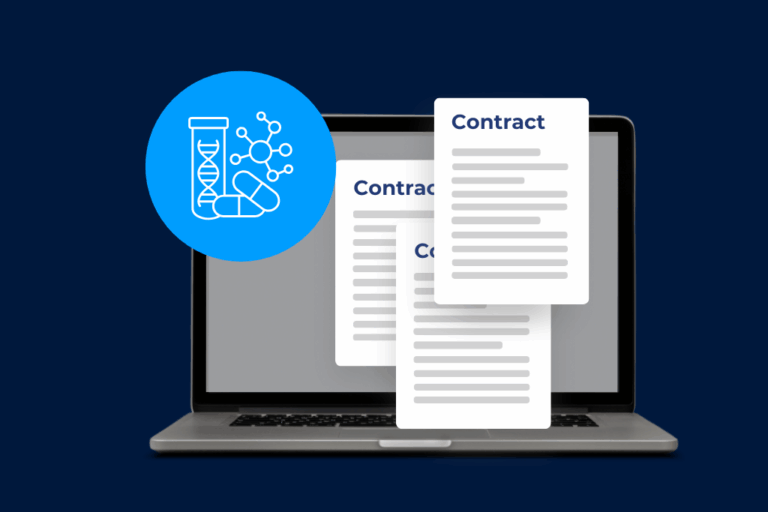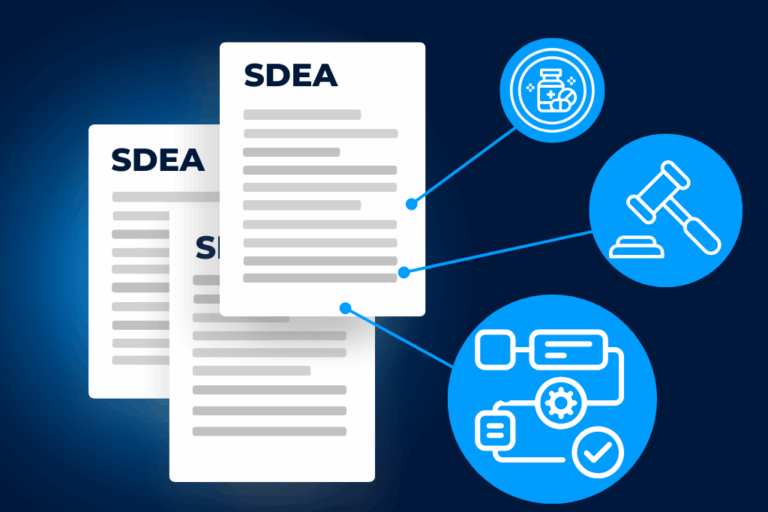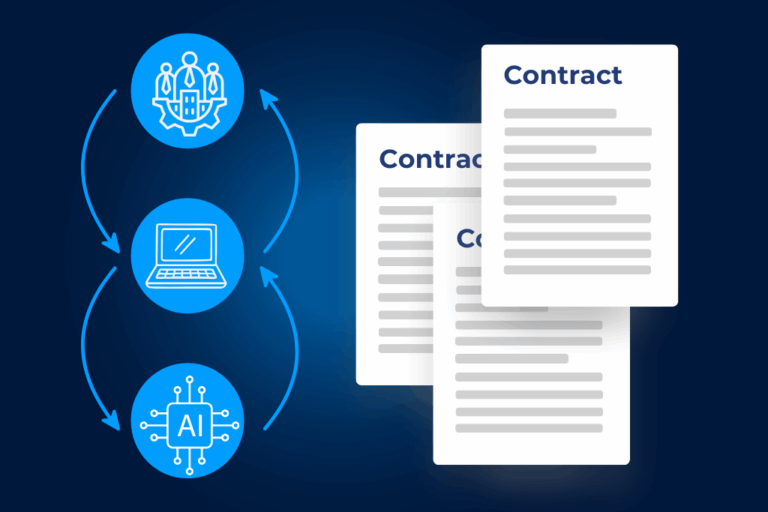The challenge facing companies is to remain efficient and productive despite the daily flow of documents. The number of documents to be signed and validated is multiplying, as is the number of contacts to be taken into account. These challenges call for a new approach. Email exchanges or the use of a paper signature pad are no longer entirely appropriate.
Find out in this article how digitizing validation processes can speed up and facilitate your contractualization.
The advantages of a digitized validation circuit
Also known as “validation workflow”, automated approval circuits correspond to a process that automates a sequence of tasks enabling the circulation of a flow of information.
These automated approval circuits bring many benefits.
Find out more below:
1. Improve your productivity
Most of the time, approval tasks are very time-consuming, involving sending emails, reminding employees, sending information back and forth by email…
Setting up a workflow will enable you to speed up your contractualization processes by formalizing and standardizing the handling of your documents. Once your validation activity has been automated, you’ll gain in efficiency and performance. The other benefit for the lawyer is to free up time to concentrate on his or her core business.
2. Facilitate collaboration
Setting up automated validation circuits will also enable you to streamline collaboration within your various teams. Your employees will no longer need to run to operational or legal staff to obtain their approval.
With automated approval workflows, data circulates efficiently throughout the company and is easily accessible. Your staff will have access to the right information, in the right place, at the right time.
Take the pressure off your legal team: legal is the business line with the most interaction in the company. Validation circuits give your legal team rapid access to contractual information from operational staff.
3. Stay in control
When it comes to contracts, traceability is a key issue. With approval workflows, you no longer need to consult all your e-mail exchanges to find the opinion of each of your collaborators. Approval workflows centralize information in one place, so you can retrieve all data at the click of a button.
By maintaining control over your contractual basis prior to signature, you gain greater reliability in the execution of your project, and reduce risks relating to the conformity of your document.
4. Gain visibility
Without a tool to automate validation circuits, it’s hard to access information easily: who are the missing validators? What information needs to be validated? In which contract? etc.
With a platform for automating contract validation processes, you can give your company an overall view by tracking the progress of your projects in real time. In just a few clicks, you’ll be able to see which steps remain to be completed, and who’s involved in the process.
All information relating to your contract validation is grouped together in one place, enabling you to easily monitor and control your document flows.
Best practices in digitizing validation processes
Validation workflows should enable you to organize your contractual workflow, optimizing the work of each department. But for this to be effective, certain best practices must be observed:
→ Know what exists
As always, before embarking on the implementation of a new process, it’s important to find out what already exists in your company. This will avoid creating conflicts between your different processes, or even between your different software programs. Think broadly: don’t limit yourself to the legal department.
The objective is not to generate validation processes for all use cases, but to set up efficient and relevant workflows.
→ Define the objective of the validation process
Each company will set up its validation circuits differently, depending on its organization and day-to-day practices. To have an efficient process, you must always define the reason for its implementation:
→ Determine the steps in the validation process
The document will follow a path predefined by the requester.
In the case of sequential validation, the requester defines the steps and validation orders to be followed. As long as the first validator does not accept the contract, the second cannot, and so on.
In the case of parallel validation, there is no requirement as to the order of validation. As many validators as required will be added, and they can all accept the document in any order.
→ Choose the players in the validation process
Apart from the validation stages, you need to specify the validators according to their role in the project (legal director, lawyer, CFO, etc.). Each person can leave a comment on the document to express his or her opinion.
Validation can be requested from an individual or an entire team (the legal team, for example).
A concrete example of a validation workflow with DiliTrust
DiliTrust’s CLM solution supports legal professionals at every stage of the contractual life cycle.
The first step is to import a contract into the platform (in word or pdf format). Then launch your validation process by setting up your various stages.
You can choose sequential or parallel validation, depending on your company’s compliance requirements.
Validators will be automatically notified by email of the request, and will be able to access the contract and all the information they need to make a decision, with just one click. They can choose whether or not to validate the document. In the event of refusal, they can leave a comment explaining the reasons for their refusal.
At the same time, the applicant is informed in real time of their responses and can act accordingly. They can also access their validation history at any time.
They can then request an electronic signature directly on the platform, thanks to Docusign integration.



